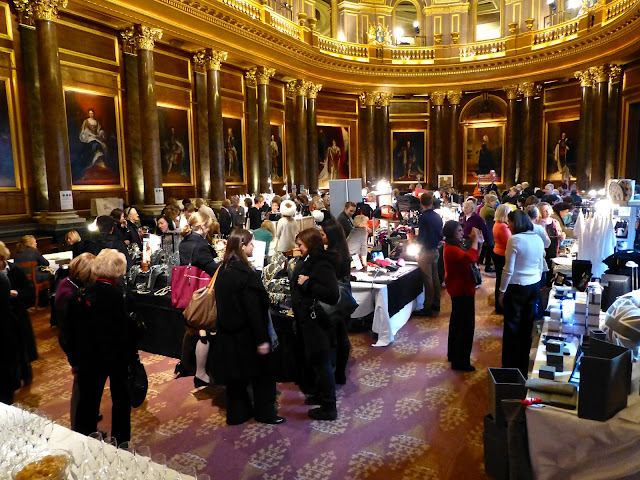 |
| The old garden wall with the hazel tree on the left |
I have never fed wild birds as I believed that once begun, one had to be consistent and continue to feed, otherwise the birds would starve in cold weather. I was probably wrong, but I now have a country garden where I can maintain regular feeding and have therefore set up some feeding stations on and beneath a fine hazel tree in my garden in Hampshire.
 |
| Old Swan House with the hazel tree hung with feeders, with the robin feeding station at its base The urn feeds the pigeons |
The hazel tree is now a busy feeding station full of bird life with three bird feeders - two hanging and one - specially for robins - on the ground. Tits crowd the feeders and the garden robin hops delightedly on his wooden frame as he pecks the delicacies out of his special mix.
 |
| The garden robin with his feeder |
And the urn in the foreground has been pressed into service as an additional feeder - for pigeons and doves. It remains to be seen whether the local squirrels will come and help themselves as well, but all are welcome.
















